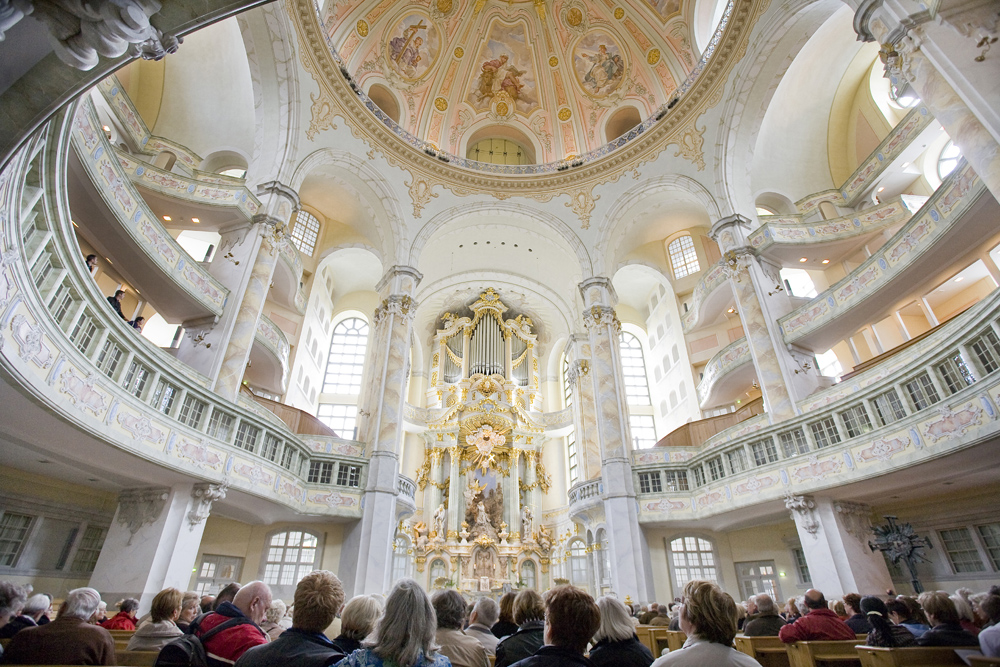

The Frauenkirche (Church of Our Lady) stands as one of Nuremberg's most distinguished landmarks, steeped in rich history and cultural importance. Significant as both a religious and architectural wonder, the church has seen the ebb and flow of fortunes throughout the centuries and has emerged as a key attraction for visitors to Nuremberg, Germany.
Constructed between 1352 and 1358, the Frauenkirche was built on the orders of Emperor Charles IV. It was erected on the site of the former Jewish synagogue, which was destroyed during the pogrom of 1349. This event marked a somber chapter in the history of Nuremberg, a fact remembered today as part of the church's layered narrative.
The architectural design of Frauenkirche was heavily influenced by French Gothic style and is credited to the architect Peter Parler, who was also known for his work on the Charles Bridge in Prague. From the beginning, the church played a central role in the religious and civic life of the city, housing precious relics and serving as a backdrop for important city events.
After World War II, much of Nuremberg, including the Frauenkirche, lay in ruins. In the years that followed, the city and its landmarks were painstakingly restored, with the Frauenkirche being reconsecrated in 1955. As Europe rebuilt and the scars of conflict began to fade, tourism gradually returned. The church's iconic facade and its famous mechanical clock, the Männleinlaufen, which dates back to 1509 and re-enacts the election of Emperor Charles IV, turned Frauenkirche into a magnet for visitors interested in history, architecture, and culture.
In recent years, travel trends have shifted towards experiential and educational tourism. Visitors not only come to admire the Frauenkirche's beauty but also wish to learn about its history and its significance in the larger context of Nuremberg's past. The church's endurance through adversity, its art, including the beautiful Tucher Altarpiece, and its place in the historical fabric of the city make it a must-visit location.
Additionally, the Frauenkirche's location in the Hauptmarkt, Nuremberg's main market square, makes it a central starting point for exploring the city. It is particularly famous for its proximity to the Nuremberg Christmas Market, one of the oldest and most famous Christmas markets in the world.
Today, tours of the Frauenkirche offer insights into its history and architecture, and for those visiting at the right time, the opportunity to attend a service and enjoy the church's rich tradition of choral music. The church also serves as an important symbol of reconciliation and reflection, with visitors coming from all corners of the globe to witness how Nuremberg has confronted its history and worked towards a future of peace and unity.
The Frauenkirche remains a testament to the enduring allure of historical sites in the world of tourism, reminding visitors of the perennial human quest for faith, beauty, and understanding. Its doors remain open to the millions of tourists who continue to discover and cherish the heritage of Nuremberg.